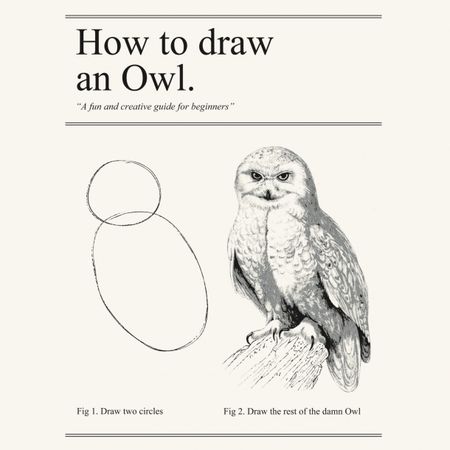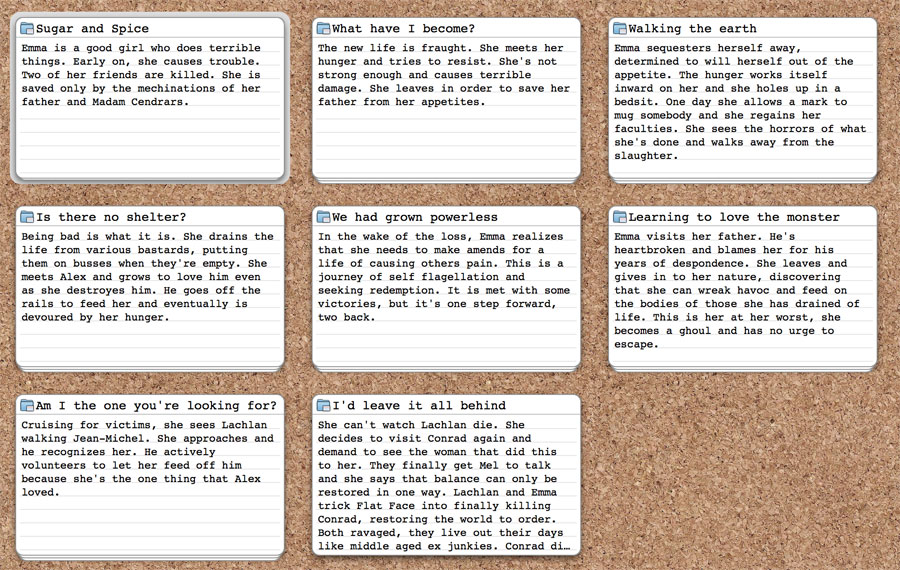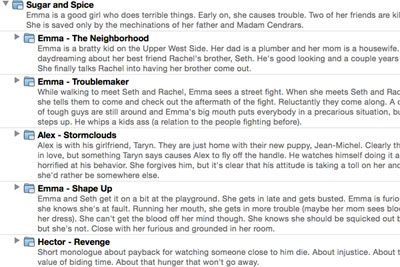
How to improve your wordcount
I am not a fast writer, but I would love to be one. Luckily it turns out that for a slow writer like myself, there are a few techniques that not only boost my word count, but help me to plot a more coherent story in general. If you happen to be a natural writing wizard who cranks out thousands of words per day, this post might not be for you. Which is fine, because fuck wizards.
When I read Stephen King’s On Writing I thought to myself, writing 2000 words per day is totally doable, all I have to do is plant my ass in the seat and make it happen. After a few weeks of cranking out sub-1000 word days my optimism faded. Sure, I was writing every day, but the progress was slow and I would often get lost along the way. I found myself cursing Mr. King and his filthy wizardry.

This brings me back to some of the themes I touched on in my How do you finish a novel? post. Instead of directly addressing plot, I’m going to focus on outlining. However, in order to have an outline you really do need a plot first.
Before everybody’s hair catches fire, there are nearly as many ways to plot a novel as there are writers. There are snowflakes and cats to save and paradigms and journeys and so on. I’m going to talk about the method that works the best for me and my tiny brain. Beware: I’m sure that half of those websites are trying to sell you something—except for Wikipedia, c’mon, just donate a little bit to Wikipedia, will ya? If only for keeping you out of that one trivia barfight.
The Outline
I know this post is about word counts, but the outline is an integral part of it, so bear with me. The outlining method that I’m going to use is based on Dan Harman’s Story Circle which is a lovingly documented, simple plotting technique that you don’t have to pay six hundred bucks to learn it at a workshop. It’s explained in depth at that link so I won’t double up on it here.
Whichever plotting method you choose, you will end up with a high level list of turning points in your story. I use Scrivener for my writing and it has some great features for structuring outlines. Here’s a picture of what my current novel rewrite looks like, just focusing on its eight point story circle:

Each point has been named for the action occurring inside of it and is followed by a brief synopsis. Within each of those eight parts we’re going to have chapters. It depends on how you like to write yours, but I tend to average about 2000 words per chapter. Figure out your novel length and then do the calculations from there. Below is a snapshot of my chapter layout. There’s a recursive theme here.

After much painful experimentation I learned that for me to keep from getting stuck, I need to map out not only the eight major parts, but the chapters as well. That doesn’t mean that they’re set in stone but it forces me to reason through the story all the way to completion. As I write I discover the characters’ personalities and notice opportunities for subplots that I couldn’t possibly have seen during the first pass. Plotting and outlining are iterative processes. Luckily, the keyboard comes with a delete key.
Beating it out
Now it comes to the fine-grained stuff. The beat sheet. Your level of granularity with this will depend on how much help you get from planning. Some people may be okay having blocked out all of their chapters. Fine. Go write your thousand page genre-doorstop, you beasts. Go on.
I happen to need a little more help. I like to map out my beats. I’m not a screenwriter, but like I said in the other post, when it comes to plotting they are the pros and I’ll steal from them with glee if it helps me tell a better story—or at the very least finish one. I’ve found that a beat tends to correspond to roughly 200 words. In the heat of the moment this varies wildly for me, but it’s a good rule of thumb.
Beats don’t need descriptions, they can be as simple as a bulleted list. Again, I’ll show you what my Scrivener layout looks like.

So, that word count that I was talking about in the title of this post? The thing is, I’ve noticed that when a story is mapped out down to the beats the writing flows like crazy. I went from maybe 1000 words on a good day to upwards of 3500 if I’m really cranking. My average is somewhere between 1500-2000. With a beat sheet, even a tiny brained lame-o like me can almost hang with the wizards. (Of course I wouldn’t want to because of their terrible cooking smells.)
There’s something to the psychology of being rewarded every time you finish writing out a beat. For easily tricked people like me it provides a sense of accomplishment that word count alone doesn’t seem to trigger. It also makes the process even more enjoyable because it cuts down on those blank page moments where you can’t quite remember where you wanted to go with something or how you were planning on getting there.
Silver bullets and so forth
Of course there are no silver bullets. Beating out a story isn’t going to guarantee that it’s good or that you’ll finish it or that you’ll even hit your word count goals. It won’t turn you into a wizard. But it will probably improve things. Just be sure to adjust it as you go along. The biggest concern about this method is the story coming out mechanical or too plot driven.
There are also (valid) concerns about stories written this way being too formulaic and simple. It’s certainly a pitfall, but it’s not a foregone conclusion. In fact I’m working on another post about that exact concern.